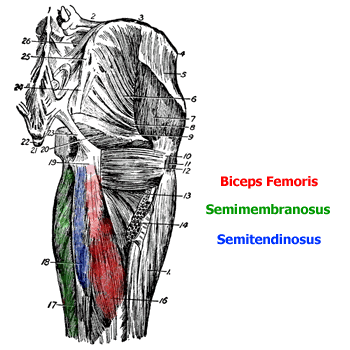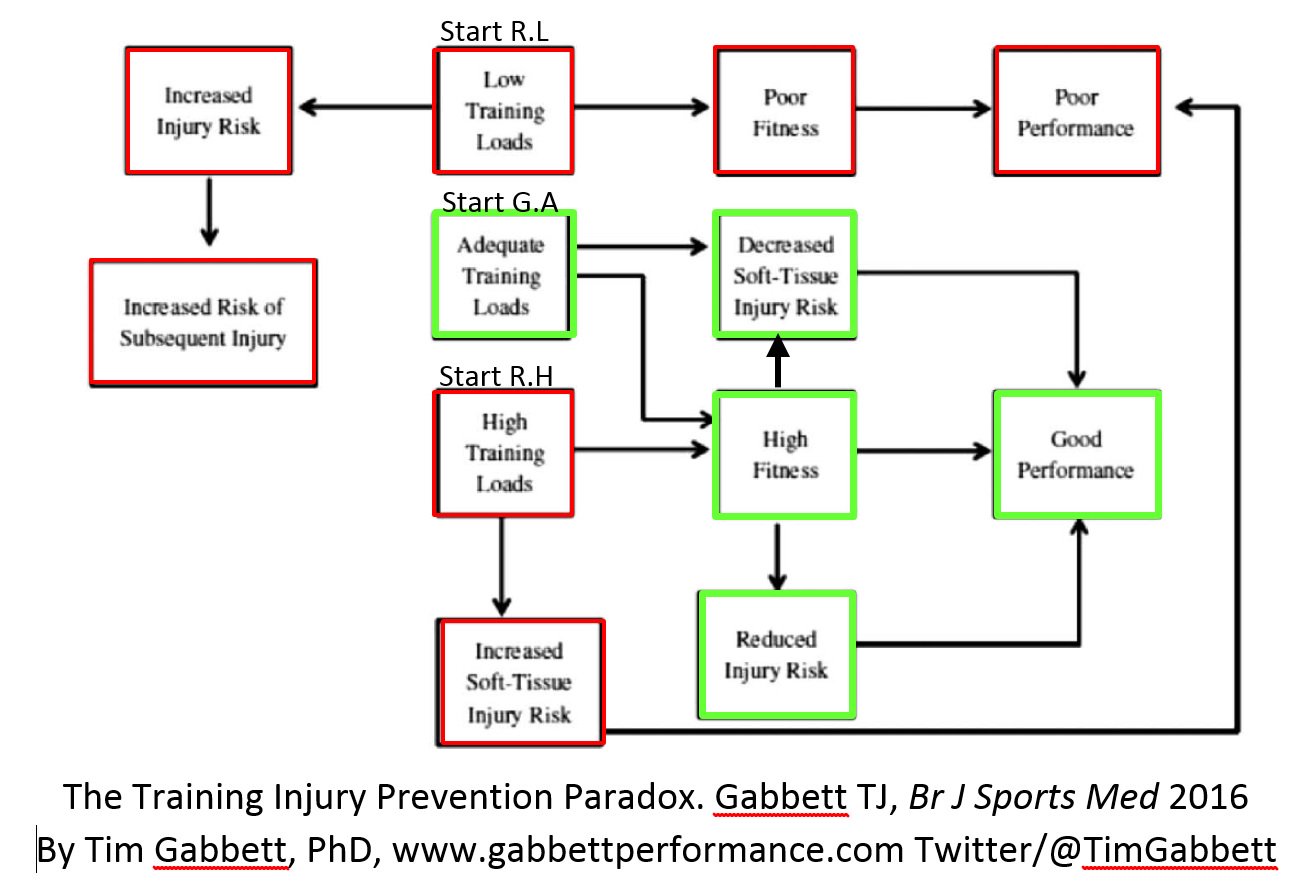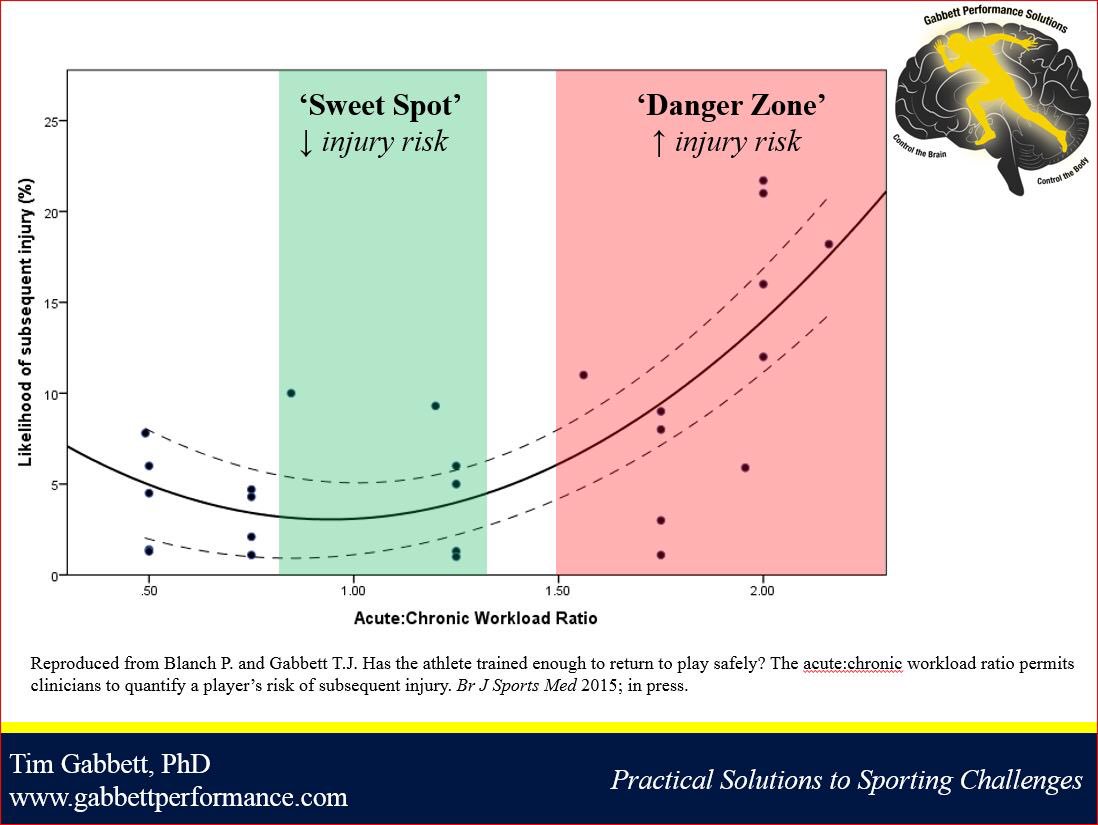Breaking the cycle of recurrent muscle injury

Every sports fan gets frustrated by that player on his/her favorite team who gets soft tissue injuries again and again. The cycle goes like this: muscle or tendon injury, rehab, comes back and lasts a few games, and then back to rehab. Too often the chronically injured player rests too much and never builds up a base of heavy training which reduces injury risk. A new paradigm is now changing the way professional teams use the information they get from GPS data.
Dr Tim Gabbett, the world’s leading researcher on training loads and injury, research has changed way rest and hard training are recommended. Here are some of the highlights of his research:
- High-speed running increases injury risk in-season but only on the back of a poor pre-season.
- “High chronic workloads may reduce injury risk, and reductions in workload may not be the best way to protect against injury. Excessive and rapid increases in training loads are likely responsible for a large proportion of non-contact soft tissue injuries.”
 Find the “sweet spot” of total muscle workload, which includes training, practice, and games. There is a risk in under training as well as over training, it is important to find the sweet spot of workload.
Find the “sweet spot” of total muscle workload, which includes training, practice, and games. There is a risk in under training as well as over training, it is important to find the sweet spot of workload.

- Avoid big spikes in workloads,it is better to build up your workload week by week. Some spikes are unavoidable, but look at a whole month of workload and try to balance out the tough weeks with lighter ones. Dr Gabbett came up with the acute:chronic workload ratio to help determine if a player is under or over-working.
- Don’t rest too long. If you take 5 weeks off in the offseason it takes about three months to get your fitness back to where it was. Plus just resting until the pain goes away and not putting in the hard rehab after an injury is a recipe for re-injury.
